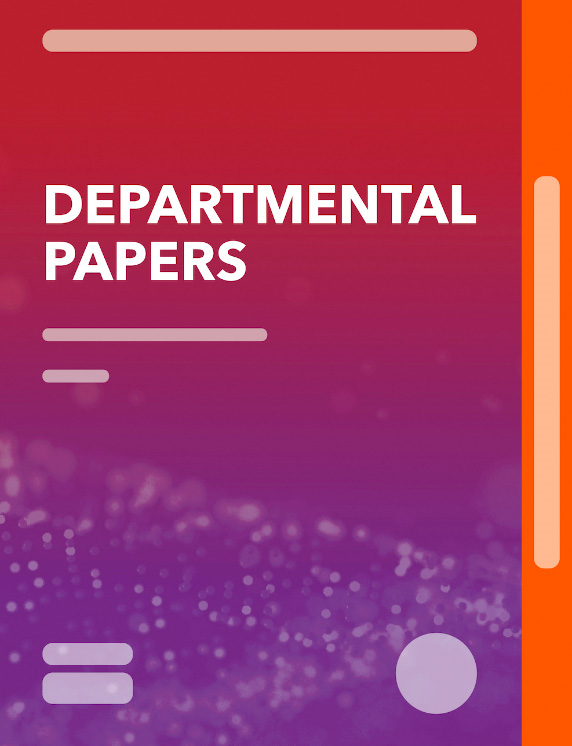What’s Different about Monetary Policy Transmission in Remittance-Dependent Countries?
March 1, 2016
Disclaimer: This Working Paper should not be reported as representing the views of the IMF.The views expressed in this Working Paper are those of the author(s) and do not necessarily represent those of the IMF or IMF policy. Working Papers describe research in progress by the author(s) and are published to elicit comments and to further debate
Summary
Despite welfare and poverty-reducing benefits for recipient households, remittance inflows have been shown to entail macroeconomic challenges; producing Dutch Disease-type effects through their upward (appreciation) pressure on real exchange rates, reducing the quality of institutions, delaying fiscal adjustment, and ultimately having an indeterminate effect on long-run growth. The paper explores an additional challenge, for monetary policy. Although they expand bank balance sheets, providing a stable flow of interest-insensitive funding, remittances tend to increase banks’ holdings of liquid assets. This both reduces the need for an interbank market and severs the link between the policy rate and banks’ marginal costs of funds, thus shutting down a major transmission channel. We develop a stylized model based on asymmetric information and a lack of transparent borrowers and undertake econometric analysis providing evidence that increased remittance inflows are associated with a weaker transmission. As independent monetary policy becomes impaired, this result is consistent with earlier findings that recipient countries tend to favor fixed exchange rate regimes.
Subject: Balance of payments, Bank credit, Banking, Central bank policy rate, Competition, Financial markets, Financial services, Financial statements, Money, Public financial management (PFM), Remittances
Keywords: bank balance, bank competitiveness, Bank credit, bank lending channel, banking sector, Central bank policy rate, Competition, excess reserves, Financial statements, Global, lending channel, monetary policy, recipient country, remittance flow, remittance inflow, Remittances, threshold remittance ratio, Worker’s Remittances, WP
Pages:
41
Volume:
2016
DOI:
Issue:
044
Series:
Working Paper No. 2016/044
Stock No:
WPIEA2016044
ISBN:
9781513531236
ISSN:
1018-5941






